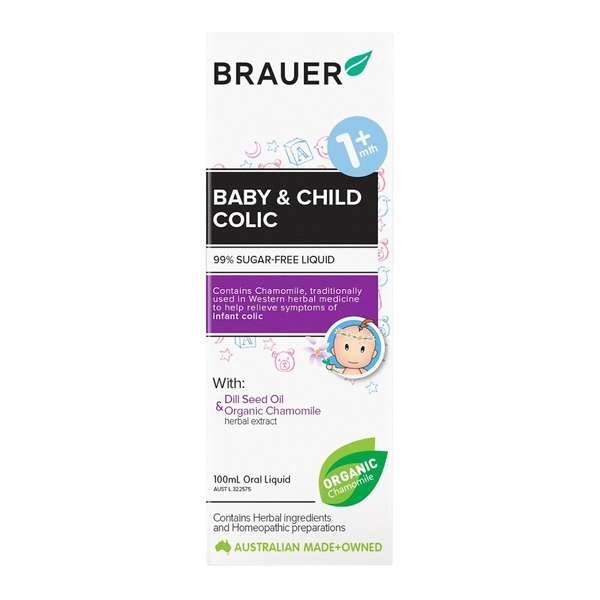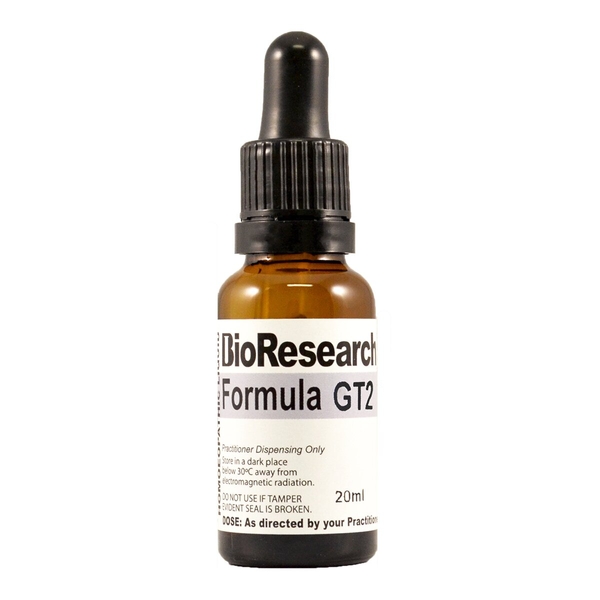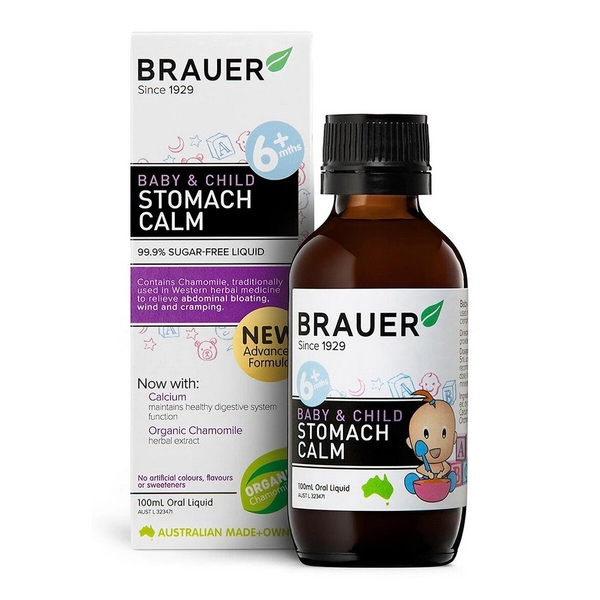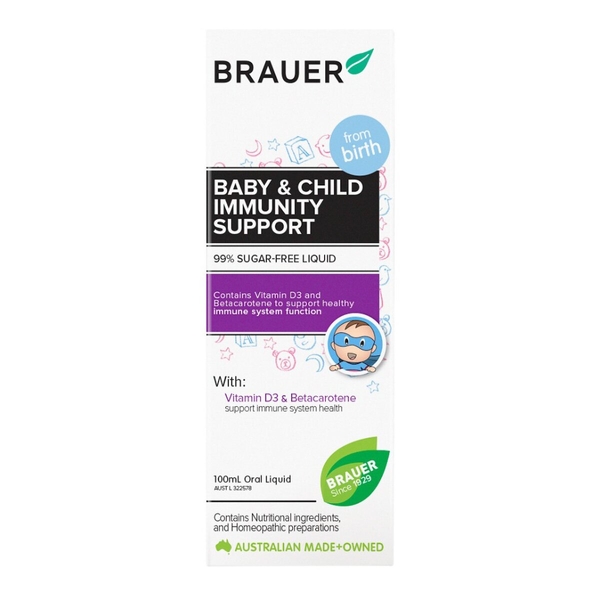
Background
Cinchona bark contains a chemical called quinine. Quinine has effects that help fight malaria and reduce heart palpitations.
People use cinchona for cancer, hemorrhoids, malaria, muscle cramps, varicose veins, and many other conditions, but there is no good scientific evidence to support these uses.
Safety Safety definitions
Special Precautions & Warnings:
Pregnancy: Cinchona is likely unsafe when taken by mouth during pregnancy. It might stimulate the uterus and cause birth defects. Avoid use.Breast-feeding: Cinchona is possibly unsafe when taken by mouth while breast-feeding. Chemicals in chinchona can be passed to a nursing infant in breastmilk and cause toxic effects. Avoid use.
Stomach or intestinal ulcers: Don't use cinchona if you have ulcers. It might increase the risk of bleeding.
Heart conditions such as long QT interval syndrome: Cinchona contains quinine and quinidine. These chemicals can cause an irregular heartbeat and might increase the risk of irregular heartbeat in people with long QT syndrome.
Myasthenia Gravis: Don't use cinchona if you have myasthenia gravis. It contains quinine and quinidine, which might cause muscle weakness and make this condition worse.
Surgery: Cinchona might slow blood clotting. This might increase the risk of extra bleeding during and after surgery. Stop using cinchona at least 2 weeks before a scheduled surgery.
Effectiveness
Dosing & administration
Interactions with pharmaceuticals
Antacids
Interaction Rating=Moderate Be cautious with this combination.
Antacids are used to decrease stomach acid. Cinchona may increase stomach acid. By increasing stomach acid, cinchona might decrease the effectiveness of antacids. Also, cinchona contains quinidine and some antacids might slow down removal of quinidine from the body, increasing the risk of side effects.
Carbamazepine (Tegretol)
Interaction Rating=Moderate Be cautious with this combination.
The body breaks down carbamazepine to get rid of it. Cinchona contains quinine. Quinine can increase how much carbamazepine the body absorbs. Taking cinchona along with carbamazepine might increase the effects and side effects of carbamazepine.
Digoxin (Lanoxin)
Interaction Rating=Moderate Be cautious with this combination.
Cinchona contains quinine and quinidine, which can slow the rate at which digoxin is removed from the body. Taking cinchona along with digoxin might increase the effects and side effects of digoxin.
Medications changed by the liver (Cytochrome P450 2D6 (CYP2D6) substrates)
Interaction Rating=Moderate Be cautious with this combination.
Some medications are changed and broken down by the liver. Cinchona might change how quickly the liver breaks down these medications. This could change the effects and side effects of these medications.
Medications that can cause an irregular heartbeat (QT interval-prolonging drugs)
Interaction Rating=Moderate Be cautious with this combination.
Cinchona might affect electrical currents in the heart. This can increase the risk of having an irregular heartbeat. Some medications can have this same effect. Taking cinchona with these medications might increase the risk for a serious heart issue.
Medications that decrease stomach acid (H2-blockers)
Interaction Rating=Minor Be watchful with this combination.
H2-blockers are used to decrease stomach acid. Cinchona can increase stomach acid. Taking cinchona might decrease the effects of H2-blockers.
Some common H2-blockers include cimetidine (Tagamet), ranitidine (Zantac), and famotidine (Pepcid).
Medications that decrease stomach acid (Proton pump inhibitors)
Interaction Rating=Minor Be watchful with this combination.
Proton pump inhibitors are used to decrease stomach acid. Cinchona can increase stomach acid. Taking cinchona might decrease the effects of proton pump inhibitors.
Some common proton pump inhibitors include omeprazole (Prilosec), lansoprazole (Prevacid), rabeprazole (Aciphex), pantoprazole (Protonix), and esomeprazole (Nexium).
Medications that slow blood clotting (Anticoagulant / Antiplatelet drugs)
Interaction Rating=Moderate Be cautious with this combination.
Cinchona might slow blood clotting. Taking cinchona along with medications that also slow blood clotting might increase the risk of bruising and bleeding.
Phenobarbital (Luminal)
Interaction Rating=Moderate Be cautious with this combination.
Cinchona contains quinine. Quinine might increase how much phenobarbital is in the body. Taking cinchona with phenobarbital might increase the effects and side effects of phenobarbital.
Quinidine
Interaction Rating=Major Do not take this combination.
Cinchona contains quinidine. Taking quinidine along with cinchona can increase the effects and side effects of quinidine. Do not take cinchona if you are taking quinidine.
Quinine
Interaction Rating=Major Do not take this combination.
Cinchona contains quinine. Taking quinine along with cinchona can increase the effects and side effects of quinine. Do not take cinchona if you are taking quinine.
Interactions with herbs & supplements
Herbs and supplements that might slow blood clotting: Cinchona might slow blood clotting and increase the risk of bleeding. Taking it with other supplements with similar effects might increase the risk of bleeding in some people. Examples of supplements with this effect include garlic, ginger, ginkgo, nattokinase, and Panax ginseng.
Interactions with foods
Products
View all products- Cinchona officinalis
- Panax ginseng
- Agnus castus
- Aqua marina
- Calcium phosphate (Calc phos)
- Kalium phosphoricum
- Silicea








